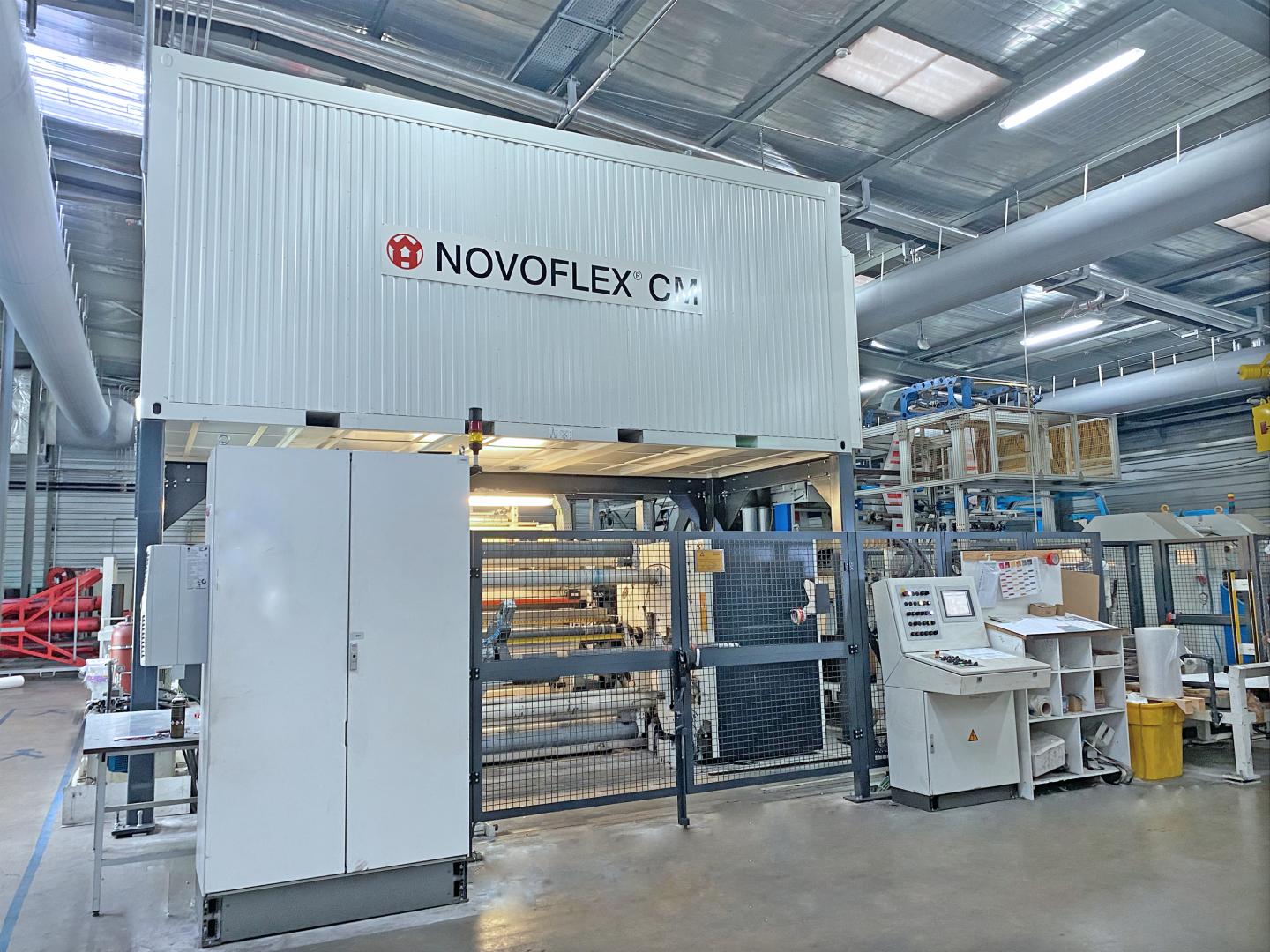Metallic May: Industrial Metal Packaging Solutions Redefined
Wiki Article
Reliable Industrial Recycling Solutions for Sustainable Packaging: A Comprehensive Overview
That's where this comprehensive guide on efficient commercial recycling solutions for sustainable product packaging comes in. By checking out vital areas such as product packaging product choice, developing for recyclability, applying recycling infrastructure, working together with recycling partners, and monitoring and determining reusing success, this overview will equip you with the knowledge and tools required to make informed decisions and drive favorable change within your company. Whether you're a product packaging professional, sustainability manager, or just interested in the subject, this overview will supply important understandings and strategies to assist you browse the world of lasting packaging.Product Packaging Material Selection
The choice of product packaging materials plays an essential duty in guaranteeing the sustainability of industrial recycling remedies. The option of products is vital in minimizing ecological influence and taking full advantage of recycling effectiveness when it comes to sustainable packaging. Choosing the best products can help in reducing waste generation, conserve resources, and promote a round economy.One important variable to take into consideration in product packaging material selection is recyclability - industrial packaging solutions. Products that can be conveniently recycled and incorporated back right into the manufacturing cycle are chosen. Materials like cardboard, paper, glass, and certain kinds of plastics can be recycled numerous times without shedding their quality. On the other hand, products that are challenging to reuse, such as combined plastics or non-recyclable composites, can produce challenges for the reusing process and might end up in incinerators or land fills.
One more factor to consider is making use of sustainable and biodegradable materials. Product packaging made from renewable resources, such as plant-based plastics or biopolymers, can help in reducing reliance on fossil gas and mitigate climate adjustment. In addition, naturally degradable products damage down naturally in time, lowering the accumulation of waste in garbage dumps.
In addition, the weight and volume of packaging products need to be minimized to decrease transport prices and power consumption. Lightweight materials not just call for less sources throughout manufacturing but also contribute to reduce carbon exhausts throughout transport.
Designing for Recyclability
Packaging designers ought to prioritize the usage of products that are commonly accepted for reusing and have actually established recycling frameworks. Products such as glass, aluminum, and certain kinds of plastic, like Family pet and HDPE, are frequently recycled and should be favored over products that are challenging or expensive to reuse.One more essential factor to consider in making for recyclability is the elimination of unnecessary parts or materials. By minimizing the variety of layers, coverings, and additional elements, packaging can be made less complex and much easier to recycle. Furthermore, designers need to aim to minimize using mixed products, as they can make complex the recycling procedure.

Implementing Recycling Infrastructure
Efficient implementation of recycling framework is important for the success of commercial recycling solutions. Without correct facilities in area, the recycling process comes to be inefficient and inadequate, preventing the overall goal of sustainable product packaging.To execute reusing framework efficiently, a number of vital elements require to be taken into consideration. There need to be an efficient collection system that facilitates the splitting up and collection of recyclable products. This can consist of marked reusing containers in public areas, as well as collaborations with waste management companies for curbside pickup and sorting.
Once accumulated, the recyclable materials require to be delivered to recycling facilities in a timely way. This needs effective logistics and transport networks, ensuring that the materials reach the appropriate centers without delay.
At the recycling centers, progressed sorting and processing innovations ought to remain in location to divide different sorts of products efficiently. This consists of using automated arranging machines, optical scanners, and hand-operated sorting strategies.
Additionally, there should be a durable market need for recycled products. This can be accomplished with partnerships with producers and sectors that use recycled materials in their manufacturing procedures. Creating a secure market for recycled materials incentivizes the recycling industry and advertises the circular economy.
Teaming Up With Recycling Partners

One key facet of teaming up with reusing partners is the establishment of clear communication networks. It is essential to establish open lines of communication to assist in the exchange of details, updates, and responses. This allows both celebrations to remain informed regarding the progression of reusing initiatives and resolve any challenges or issues that might arise.
In addition, partnership can include collaborations in carrying out and developing reusing programs. Reusing companions can supply useful insights and advice in creating effective collection systems and identifying one of the most proper recycling modern technologies. By collaborating, organizations and reusing partners can enhance the recycling process and decrease waste.
Additionally, partnership can prolong beyond the functional facets of recycling. It can additionally include advocacy and education and learning initiatives. By joining pressures, services and reusing partners can increase awareness regarding the value of reusing and promote the adoption of lasting product packaging practices amongst customers and other stakeholders.
Monitoring and Measuring Recycling Success
To make sure the efficiency of industrial reusing services and the achievement of sustainable product packaging goals, it is vital for services and their reusing companions to develop a comprehensive system for monitoring and measuring reusing success (bulk container recycling). Tracking and determining reusing success enables services to evaluate the effect of their reusing initiatives, determine areas for improvement, and established purposeful targets for future progressOne way to track recycling success is via the usage of data collection and evaluation devices. By accumulating information on the quantity of packaging waste created, the percentage of waste look at here now that is recycled, and the types of products being reused, companies can get important insights into their recycling performance. This data can then be evaluated to identify patterns, patterns, and locations of inadequacy.
One more vital facet of tracking and gauging recycling success is developing standard and clear metrics. This permits services to compare their efficiency versus sector criteria and track their progress with time. Metrics such as reusing rates, waste diversion rates, and greenhouse gas emissions can offer a measurable step of a business's recycling success.

Conclusion
Finally, carrying out reliable commercial recycling solutions for lasting packaging needs cautious consideration of packaging product choice, designing for recyclability, applying reusing infrastructure, working together with reusing partners, and tracking and measuring reusing success. By incorporating these practices, services can contribute to an extra lasting and environmentally-friendly approach to packaging, minimizing waste and advertising the round economy.By discovering vital areas such as product packaging material option, developing for recyclability, executing recycling framework, collaborating with reusing companions, and monitoring and determining recycling success, this overview will furnish you with the understanding and tools required to make educated decisions and drive favorable adjustment within your company. Packaging designers ought to focus on the use of products that are widely approved for reusing and have actually developed reusing frameworks.Cooperation with recycling companions is crucial for the effective implementation of commercial reusing options and the success of sustainable packaging objectives. By signing up with forces, companies and recycling companions can raise awareness concerning the value of reusing and promote the adoption of sustainable packaging practices among customers and various other view it now stakeholders.
By gathering information on the quantity of product packaging waste generated, the percentage of waste that is recycled, and the types of materials being reused, companies can get valuable insights right into their reusing performance.
Report this wiki page